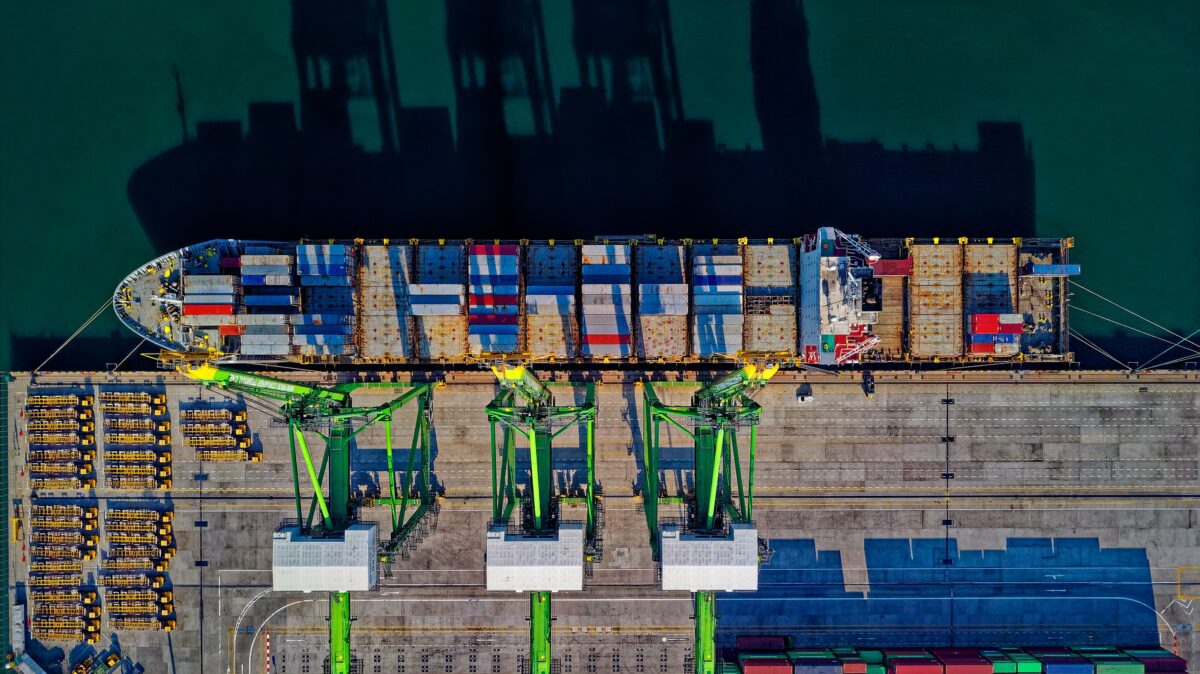Market Commentary, John Connor, CEO
Australia’s carbon markets hit an ironic, historic marker last week. As China launched its national emissions trading scheme and the European Union announced plans for a carbon border adjustment mechanism, an Australian carbon forward trade was contracted for $23.30 a tonne.
The deal is noteworthy for two reasons. Firstly, it’s the first time the spot carbon price has overtaken the starting fixed price of Australia’s short-lived Emissions Trading Scheme in 2012. Secondly, the timing of the deal’s delivery — in February 2023 — means that it’s likely it’s the emissions trading compliance provisions under Australia’s Safeguard Mechanism that are driving the price. This is Australia’s unspoken secret, we do have a remnant emissions trading scheme and carbon pricing.
While it may surprise some that Australia does have compliance carbon pricing, it is becoming clear to many that our inadequate climate policy framework is serving to circumvent overseas investment into Australia. “Many international investors are very focused on this issue,” Reserve Bank Governor Dr Lowe said last month. “Increasingly, overseas investors are asking about the carbon content of production and that’s a trend that is only going to continue.”
Historically, it’s been perceived that first-movers in the decarbonisation transition are the ones that pay the heaviest price. Now however, governments, investors, corporates and communities with mature perspectives on climate risk understand that it’s the laggards in climate action that are setting themselves up to carry a disproportionate amount of the cost burden.
Slow movers continue to see decarbonisation primarily as a risk, failing to recognise that the most enduring risk will be in inefficiently decoupling emissions from economies and supply chains, and failing to safeguard critical natural ecosystems and adapt to climate impacts. Regardless of our own national emissions, Australia is on a trajectory where its businesses and communities will pay the price of slow global decarbonisation.
Initiatives like the UN Race to Zero Campaign, the Climate Group’s RE100 initiative, the Net Zero Asset Managers Initiative and the Australian-focused Climate League 2030 are growing and increasing the pressure on governments and companies to not just set targets and report emissions, but show actual progress towards these goals. Most notably, the Net Zero Asset Managers Initiative shows that 43 per cent (US$43t) of the world’s assets under management are now covered by net-zero targets, which has expanded from 30 to 128 investors in the last six months since December 2020.
While we reserve judgement on China’s emissions trading scheme, there is no doubt that the EU’s carbon border adjustment mechanism (CBAM) proposal has forged a new tool in international trade with policy makers in the US, Japan, UK, Canada and elsewhere now actively considering similar mechanisms. CBAMs have mostly featured in theoretical discussions to date, and were once considered for Australia’s 2012 carbon pricing mechanism, but the further irony is that a working mechanism may assist Australia to evolve its carbon pricing and market policies, as recognised by the Australian Industry Group.
Late last month, the Business Council of Australia released its Living on Borrowed Time Discussion Paper which reiterated figures concluded from a Deloitte Access Economics study that should have been festooned across national and tabloid papers:
- Over the next 50 years unchecked climate change will shrink Australia’s economy by 6 per cent — a $3.4 trillion loss and over 880,000 jobs lost.
- Over the next 50 years action on climate change and choosing a net-zero economy will grow Australia’s economy by 2.6 per cent — a $680 billion increase and over 250,000 jobs created.
Australian business realises that low-ambition nations that do not engage meaningfully in an increasingly carbon-constrained international trade landscape will likely experience fast deteriorating terms of trade. As we have seen time and again, those that fall behind become rule-takers, not rule-makers, ending up with little to no control over the diplomatic and economic forces that impact their livelihoods.
Recent Federal government initiatives like the Hydrogen Guarantee of Origin scheme are welcome and may help Australian businesses engage in the increasingly carbon conscious international marketplace. However in order to stimulate foreign investment in, and prevent capital flight from, Australia, we need to address our inadequate 2030 targets and carbon policy framework as well as make clear that Australia will be net-zero emissions by 2050.
A useful starting point would be acknowledging that we do have carbon pricing and carbon markets and that we need to evolve them so they are fit for purpose and can guide long term investments.
Released earlier this month, the United Nations’ 2021 Sustainable Development Report lists Australia in last place on climate action, out of the more than 170 UN party-nations analysed. A net-zero pathway does not need to be perfect in the first instance. But it does need to exist to attract the private capital investment that is increasingly being funnelled towards more ambitious economies and thereby enabling their net-zero transition.
If Australia does not engage it will remain in last place and miss out on the opportunities and investments that are already flowing, and the many more that are yet to come.
This market commentary was published as part of the CMI member-only July 2021 Quarterly Briefing: International Climate Policy and Market Developments. Become a CMI member to gain access to this publication.



